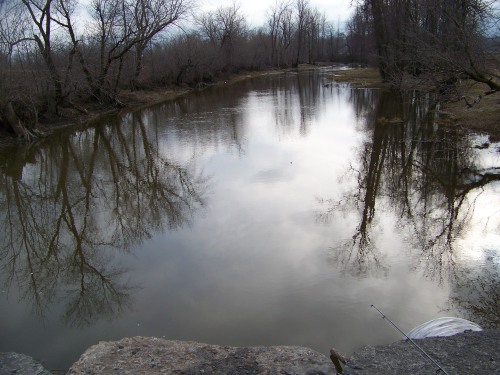
Back in March, while there was still snow on the ground, I noticed a nest high up in the hoophouse on a bit of old machinery. It had been deserted last summer before the four eggs had hatched. I removed the nest to photograph it and didn’t replace it. Today, I walked into the hoophouse, looking for a shovel and glanced up. The nest was back! A pair of robins (Turdus migratorius) have replaced the nest in exactly the same spot. I hope they are successful in fledging a family from the new nest.

Meanwhile, out in the old barn, a half a dozen old nests on the roof rafters are evidence of Barn Swallows past. This week, Barn Swallows (Hirundo rustica) returned and when I entered the barn a few days ago, I was greeted by their disapproving chatter. Like robins, Barn Swallows use mud in the construction of their nest, but plaster the cup-like structure to a wall or beam in a sheltered location. The above view, looking up at one of the nests on the roof rafters, reveals the occupants forded tail! Swallow flight is swift and acrobatic, and they were difficult to capture with the camera as they flitted in and out of the barn, but here is one resting on a beam near the barn entrance.























